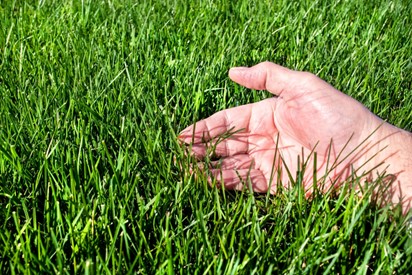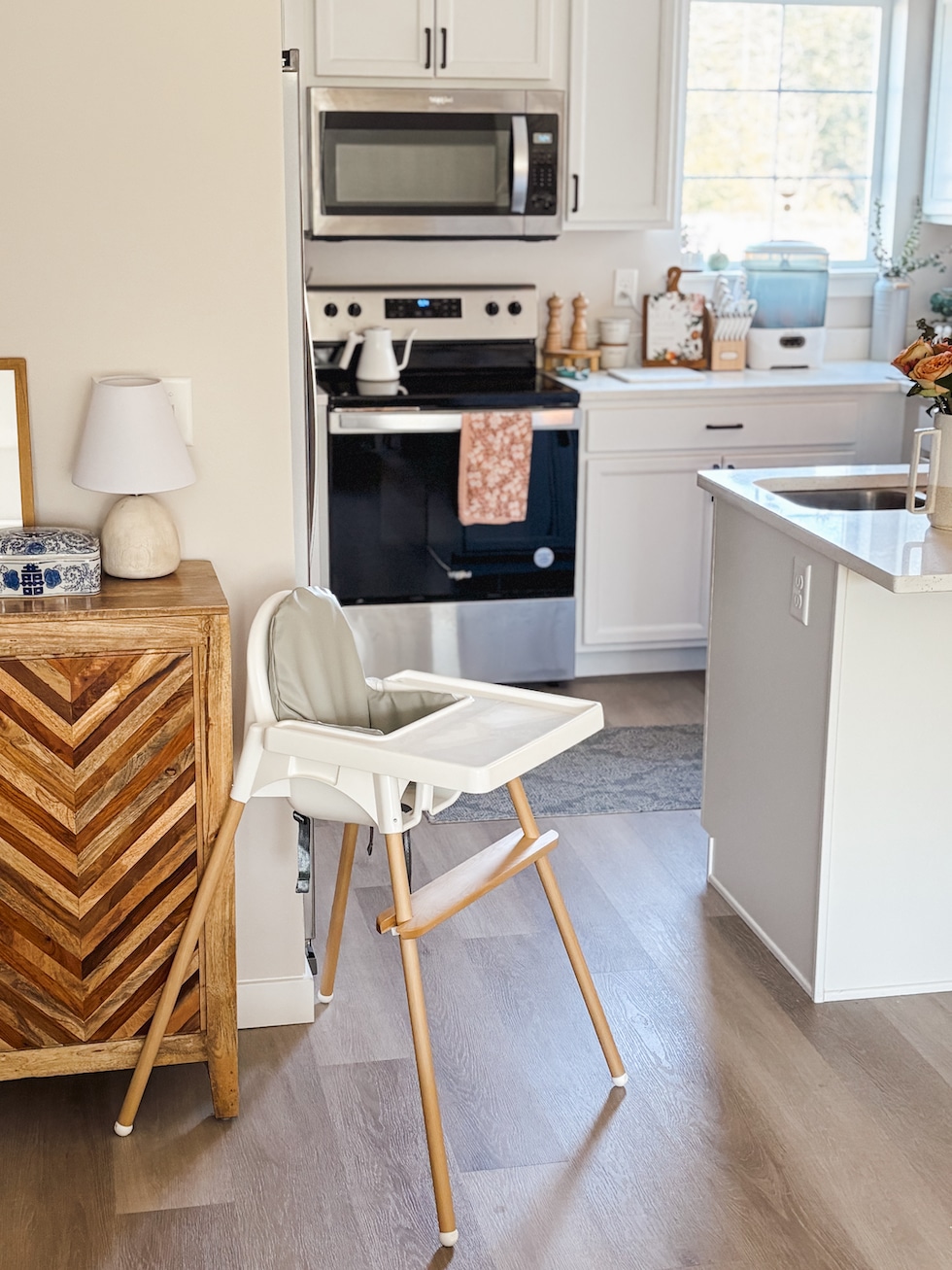
Hour 1
Hear how to prevent nails from coming off, raise the height of an outdoor dryer vent, and more!
How to Prevent Drywall Nails from Pulling Out

One homeowner’s house was built in 1954 and she is tired of seeing nails sticking out of the drywall.
She asks, “How do I fix this? Can I put the nails back in?
First of all, re-nailing the nails is only a temporary solution: they will come back over time. But the most important question is this: why does it happen?
In a house there is a lot of movement: doors slamming, people walking, etc. All these movements cause vibrations. And over time, those vibrations will cause a drywall nail to dislodge.
To fix this problem, you will need to remove the nails and replace them with screws because drywall screws are the best option.
You don’t want to simply remove the nail and replace it with a screw before checking to see if the nail is in the center of the stud or near the center. The stud could be the reason it comes out.
Therefore, we recommend taking a hammer and finishing nail and tapping the drywall until you find the center of the stud.
Once you find the center and remove the nail, drive one or two drywall screws an inch or two above the old nail hole. This will keep it tight.
After replacing the nail with a drywall screw, place joint compound over the screw heads and into the old nail hole, let it dry, sand and do it again. Once you have it filled and dry sanded, paint it.
The screws will hold up great and hopefully you’ll never have to do this process again!
Watch: How to Replace a Drywall Nail
How to Raise the Vent on an Outdoor Dryer

A homeowner’s dryer vent runs through an exterior wall and under brick siding. Installs about an inch off the ground instead of 12 or more (the recommendation).
You are having trouble with rainwater entering the vent and now asking, “Do you have any recommendations for me?”
First, it’s rare to find a dryer vent so close to the ground. It is possible that when the vent was originally installed, it was at the correct height from the floor. However, as time went on, grading and landscaping could have been added, and the vent moved closer to the ground.
For this dryer vent to work efficiently, you’ll want to have as short a path as possible. Therefore, we do not recommend rerouting existing ductwork and running through the soffit.
Instead, we recommend trying to raise or extend the existing vent upward, or digging dirt around the vent to give it more space. You can also add a slight twist and elbow to get it off the ground.
Check your local home center for a device that rolls up to 90 degrees, which will help raise ventilation on the outside. There are many dryer vent options.
For safety, do not use PVC pipe as an elbow because it cannot withstand the high temperatures coming through the dryer vent.
Also, be sure to clean your dryer vent frequently to prevent house fires and keep your dryer running efficiently.
Hour 2
Listen to learn about garbage disposal rules, how to fix a non-flushing toilet, how to lay subfloor over a tile floor, and more.
What you can leave in a garbage disposal

A homeowner and his wife have had an ongoing disagreement over whether it’s okay to put pieces of meat down the garbage disposal. They have a septic tank arrangement.
He says, “Can you settle this debate?”
It is perfectly fine to have a garbage disposal with a septic tank. However, some septic tanks are really good and others are very marginal. This greatly influences the functionality of the disposal and the waste it accepts.
So what can go into a garbage disposal?
When it comes to garbage disposals, it is best to use them sparingly and not throw everything away. You want to avoid leaving large substances behind.
The answer to the question would be yes, but only small pieces of meat and do not pack them completely.
Be sure to properly use and maintain garbage disposals. It is recommended to use cold water to wash waste down the drain and make sure you do not put anything down the garbage disposal and do not flush it.
If your garbage disposal gets clogged, use this trick!
How to solve toilet flushing problems

A homeowner is struggling to get her toilet fully functional. She says that she has to keep the handle down until the container is unloaded.
You want to know, “Why is this happening and how can I fix it?”
There are two reasons why she may be having this problem. One, there is not enough water in the tank, which means the water stops before reaching about a half inch below the overflow tube. That’s where you want to adjust it.
Next, you need to make sure that when you push down on the handle, the flap stays open to allow the flushing action and then closes. If the chain is too short or too long it will prevent that from happening.
Another reason is a blockage in the drain. If there is a clog, then you won’t get that flushing action because it resists water coming in.
Most likely it is the first problem. This is a very common solution and there are many great solutions. repair kits out there. Do this quickly so you don’t waste water!
Although fixing a toilet may not be the most glamorous way to improve your home, it is very important to have a functioning toilet that will stay in good condition for a long time.
Other readings: Guide to all the parts of a toilet tank
How to install a subfloor

A homeowner wants to put a quarter-inch underlayment over a tile floor.
He asks, “Do I need to nail it or screw it? What do I use?
No, you don’t want to nail or screw it. You will have to glue it. Do some research and find the right adhesive you need, depending on the materials you are using. Most likely it will be in a bucket and you will use a notched trowel to install the correct amount.
Be sure to read the instructions to ensure you use the recommended notched trowel size. Many people don’t realize that the size of the notched trowel must correlate with the adhesive for it to work well.
To ensure there is no movement when laying the floor, use leftover blocks, bricks, or heavy objects to weigh it down a bit. Leave it overnight to dry and really cure well.
There are multiple options for subflooring. One option is a self-leveling underlayment. This is like very thin concrete. Apply a thin layer over the tile to create a smooth, flat surface on which to lay vinyl flooring.
Other readings: Gluing vs. Nailing Hardwood Floors
Best new products
 |
The StyleWell Parker Mill 4-Piece Metal Patio Set is durable and gives you the outdoor furniture you can count on. More information>> |
Simple solutions

Preparing paint with a broom—Before painting a room, it is important to clean the walls and ceiling to remove all dust, dirt, and cobwebs. Here’s a quick and easy way to do it: wrap a towel around the head of a broom and secure it with a binder clip or clamp. Then lightly spray the towel with water. Now use the broom wrapped in a towel to clean the walls and ceiling. The damp towel will trap any dust or dirt, leaving a clean surface ready for painting. This tip also works great for removing joint compound dust from freshly sanded drywall joints.

Easy Access Garden Tool Storage—Most people store their garden and lawn tools in the garage or shed by simply standing them up and leaning them in a corner. There’s nothing particularly wrong with this, except that it’s a bit fiddly and it’s difficult to grab one tool without knocking over another. So, here’s a super simple solution to that problem: take three concrete blocks and stack them where you want to store your tools. What you get is two deep compartments for storing long handled tools. The blocks are heavy enough that you don’t have to worry about them falling over, no matter how many tools you put in there. If you do not have enough free space, you can use two blocks to lift the tools. This will give you a tidy place where your tools will be out of the way and easy to access, and you won’t have to worry about them falling over.










